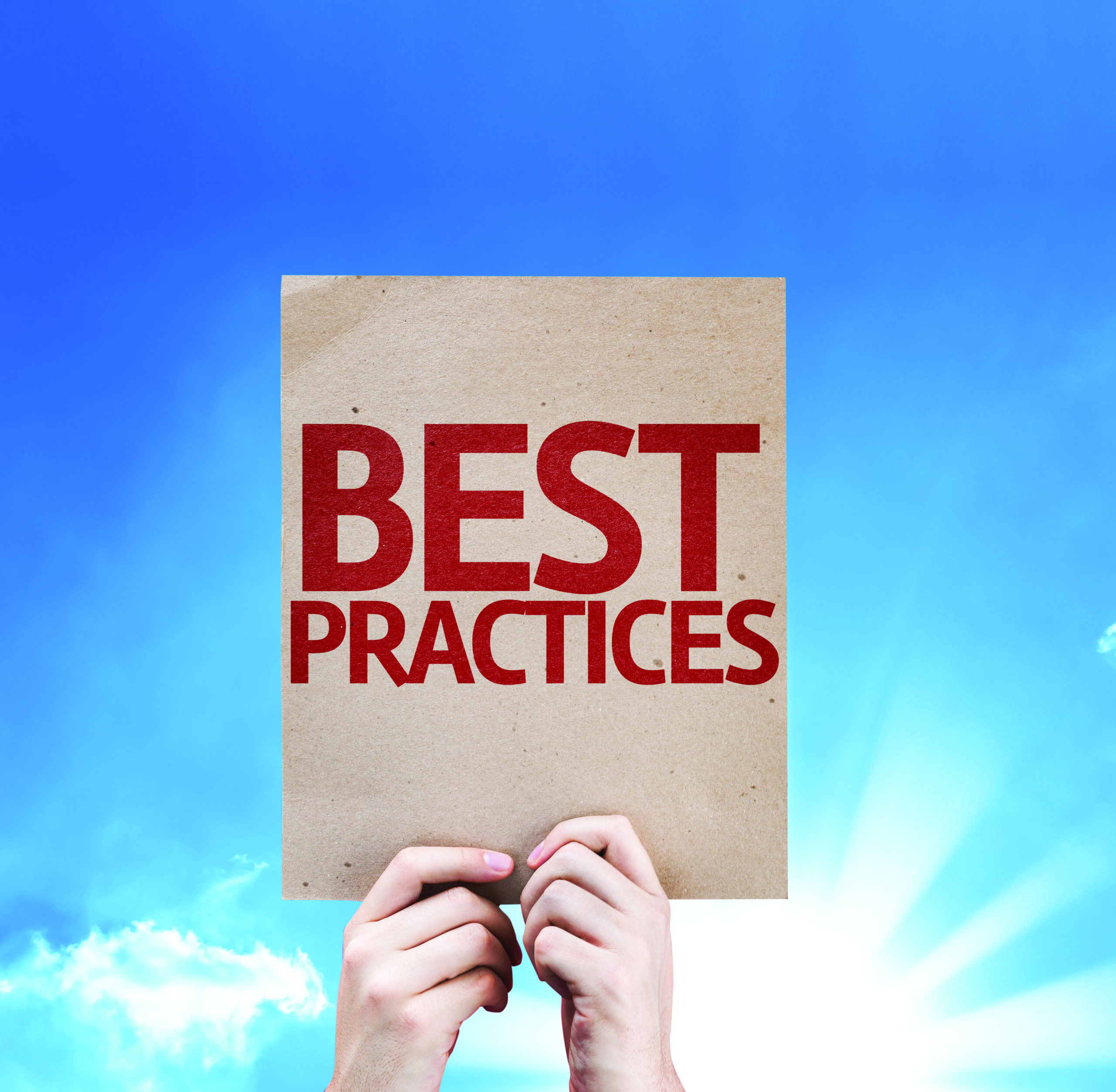The COVID-19 pandemic has caught enterprises off guard and now CxOs are under pressure to determine their new business plans and how to get their enterprises started again. Markets, customers, business and ways of working have fundamentally changed, never has there been a worldwide event that has created uniform market realities on a global basis.
The lockdown orders established around the world have accelerated digital transformation by more than a decade of continuous performance improvement. Remote work is not going to disappear, but is likely to be the infamous ‘new normal’ for the future to come. Offices are empty wastelands and monuments for wasted capital expenditure (CAPEX). Inaccessible data centres are capital investment dumps that may not be recoverable.
Never has there been a worldwide event that has created uniform market realities on a global basis
Complete industries are changing fundamentally (healthcare, travel, retail) or are in a major crisis (e.g. tourism, events, sports) or even cease to exist (e.g. classic retail performed in malls). It is not that these industries were not affected by adverse trends before or were not struggling, but the COVID-19 pandemic has accelerated the rate of change for them to a point where they may not survive. The industries that will survive, even thrive (e.g. online retail, advisory services etc.), face massive changes in best practices. Gone are the in-person meetings, CxOs are challenged to implement enterprise software with a remote workforce and consulting engagement versus the no longer safe ‘glass conference room’ model of the past. A conservative CxO can bet on a short crisis and expect business ‘as usual’ may return, but recent second waves of COVID-19 in Singapore and South Korea make this unlikely.
When you use the roller coaster metaphor for an enterprise to grow and shrink, then enterprise needs to prepare for a long time of short ups and downs. Gone are the traditional seven-year cycles of expansion and recession. Instead it will be more like a 70 day expansion followed by a likely as long contraction due to new COVID-19 outbreaks (20 days where things go wrong, 20 days of lockdown, 20 days of loosening restrictions, 10 days buffer).
Emerging best practices for CxOs
It is too early to write the book about the complete list of best practice changes in a pandemic world, in fact – that book may never be written – but there are six key trends that CxOs need to create new enterprise strategies for:

Enabling and securing the remote workplace are the most important and immediate actions and they are highlighted below. Here are the other four in bullet form:
• Establish dual leadership. Despite recent headlines on stopping co-CEO models, the idea provides a superior business continuity over other models, especially when a leader gets sick. Expanding beyond CEOs, CxOs down to middle management is key for enterprises’ resilience.
• Tactical success planning. Dreaded, often not worth the paper (or bytes) it is documented on, succession planning needs a new view for enterprise. All the way down to tactical levels, on who can perform and do what in an enterprise.
• Re-establish on-site healthcare. Enterprises commonly offered healthcare before governments and/or the healthcare sector took care of it. It merits reconsideration for CxOs to weigh up what matters more – keeping the enterprise open thanks to in-house healthcare capacity – or hoping governments/the healthcare sector will be appropriately staffed and have enough capacity for handling a pandemic.
• Globalisation matters for resilience. You do not have to be a mind reader to know what is on Elon Musk’s mind; producing Tesla cars in one single location. CxOs need to play geographies and countries to operate their enterprises on a global level.
Enabling the remote work
Obviously, this is a totally new dimension for enterprises with over 2 billion people confined to their homes with lockdown orders effective. Enterprise leaders need to categorize their people as follows and then take the appropriate action.
Needless to say, these capabilities are better and more easily evaluated and implemented before a pandemic, not during a pandemic. For enterprises reluctant to provide technology to their people, Uber is a good example to think differently. In its early days Uber would provide any qualified driver, regardless of work volume and revenue, a clamped down iPhone 4 that was only able to operate the Uber app and do calls with riders. If a startup can afford an information technology platform for its gig workers it puts the demand for CxOs to put technology in the hands of the people of their enterprise at the highest level.

The Post-pandemic playbook for the CHRO
There are eight key playbook strategies for CHROs regarding the people best practices in a pandemic world.
In the near term CHROs need to pay attention to;
• The learning opportunity. As enterprises reopen and/or pivot – they need to change the skills and capabilities of the workforce. Lockdown orders are an opportunity for both people and enterprises to move the needle on learning.
• Talent mobility. Enterprises need to understand what talent they have in-house and at what locations. Moving talent to where it is needed is more than ever key for enterprises’ survival in the ‘roller coaster’ ride that is ahead.
• Gig economy readiness. Not every job will return in full FTE increments, so its key for CHROs, to get their enterprise ready for the gig economy. Emancipated processing across employees and gig workers is a key lesson learnt pre-pandemic and needs to be a factor when selecting gig economy capabilities.
• Talent acquisition acceleration. For the missing talent needs, CHROs need to accelerate the speed at which the enterprise can onboard new talent.
Longer term, but with a potential to be key even short term if the capabilities are not given, CHROs need to focus on the following key strategies:
• HR core renaissance. The collaborative post-pandemic enterprise needs a new HR core that allows to create teams dynamically – as business needs arise, with members inside and outside the enterprise.
• Payroll flexibility. Payroll needs to be flexible for adding bonuses, shifts, vacations, leave of absence and a collateral of legal and statutory changes that are coming from legislative bodies.

• Benefits flexibility. Having the right benefits in a pandemic world is key for employee engagement
and retention. Making employees aware of the benefits offered and having the right benefits available is going to be key for enterprise success.
• Workforce management agility. Understanding who can work best with who and has the skills inside and outside of the enterprises will be the key to having a dynamic workforce capacity and skills that the new ‘rollercoaster’ economy will need.
NO MATTER HOW MUCH TECHNOLOGY ADVANCES AND ACCELERATES IT IS THE HUMANS OF AN ENTERPRISE WHO MAKE THE VALUE CREATION HAPPEN
The Post-pandemic playbook for the CDO, CIO and CTO
There are nine key playbook strategies for CDOs (Chief Digital Officers), CIOs and CTOs regarding the technology best practices in a pandemic world.
In the near term they need to pay attention to;
• Collaboration platform necessity. A distributed workforce needs top notch collaboration platforms that are productive for processes both inside and outside of the enterprise.
• Cloud becomes a must. With CAPEX tied to investments in the core business, the move to cloud has to be accelerated. Putting CAPEX into servers and data centres when they can be paid out of the OPEX of an enterprise in a ‘roller coaster’ economy is the wrong approach.
• Supplier contracts define the possible. Time to revisit supplier contracts and hope that the law remains enforceable during the restart of the global economy. Favourable supplier terms have not hurt enterprises ever, so it’s key to procure them now.
• Stock levels need a revisit. Just-in-time delivery of supplies is no longer the best idea in SCM. Instead stock levels need to be adjusted to a level where an enterprise can ride out the ups and downs of the ‘roller coaster’ economy.

In the long term CDOs, CIOs and CTOs need to consider;
• Automation imperative. What can be automated – should be automated. Relying on humans in pandemic times is not the right strategy when a competitor is automating the same process and achieving higher resilience. Time to start automating – ruthlessly.
• Business model fitness. How fit is the business model of an enterprise? Can it go higher or deeper in the value chain of the industry? Is it fit enough to go into an adjacent – or even a competitive alternative market? And if an enterprise is not fit – how do you make it fitter?
• SCM resilience = survival. The more resilient a supply chain is, the longer an enterprise can do what it is supposed to do – create value for its customers. Strengthening supply chain resilience is a key longer-term priority for CIOs/CTOs.
• Partner ecosystem agility. Partners and their health and agility are more important than ever during the post-pandemic ‘roller coaster’ economy. They allow to reach further, spend less capital and can help complement the value chain of an enterprise.
• Disaster preparedness. Readiness for the next disaster is key for enterprises. A good starting point is to classify what an enterprise can prepare for vs what an enterprise cannot prepare for and can shut the enterprise.
The Takeaways
Globalisation will not come to an end, and with that the risk of new pandemics and continued pandemics is realistic for the future of the enterprise. Luckily, technology can help enterprises to survive, even thrive. The internet enables new business models and for enterprises to function – even when employees cannot show up at work. That was impossible 25 years ago.
The cloud allows enterprises to tie IT costs to business performance – that was not possible 15 years ago.
AI allows enterprises to automate more than ever before, and deep learning allows to continuously automate processes – without human intervention required. That was not possible five years ago.
But no matter how much technology advances and accelerates it is the humans of an enterprise who make the value creation happen. Therefore, the proper leadership of people remains the key success factor for the enterprises in the post-pandemic world. The good news; nothing has changed here in the last 100,000 years.





